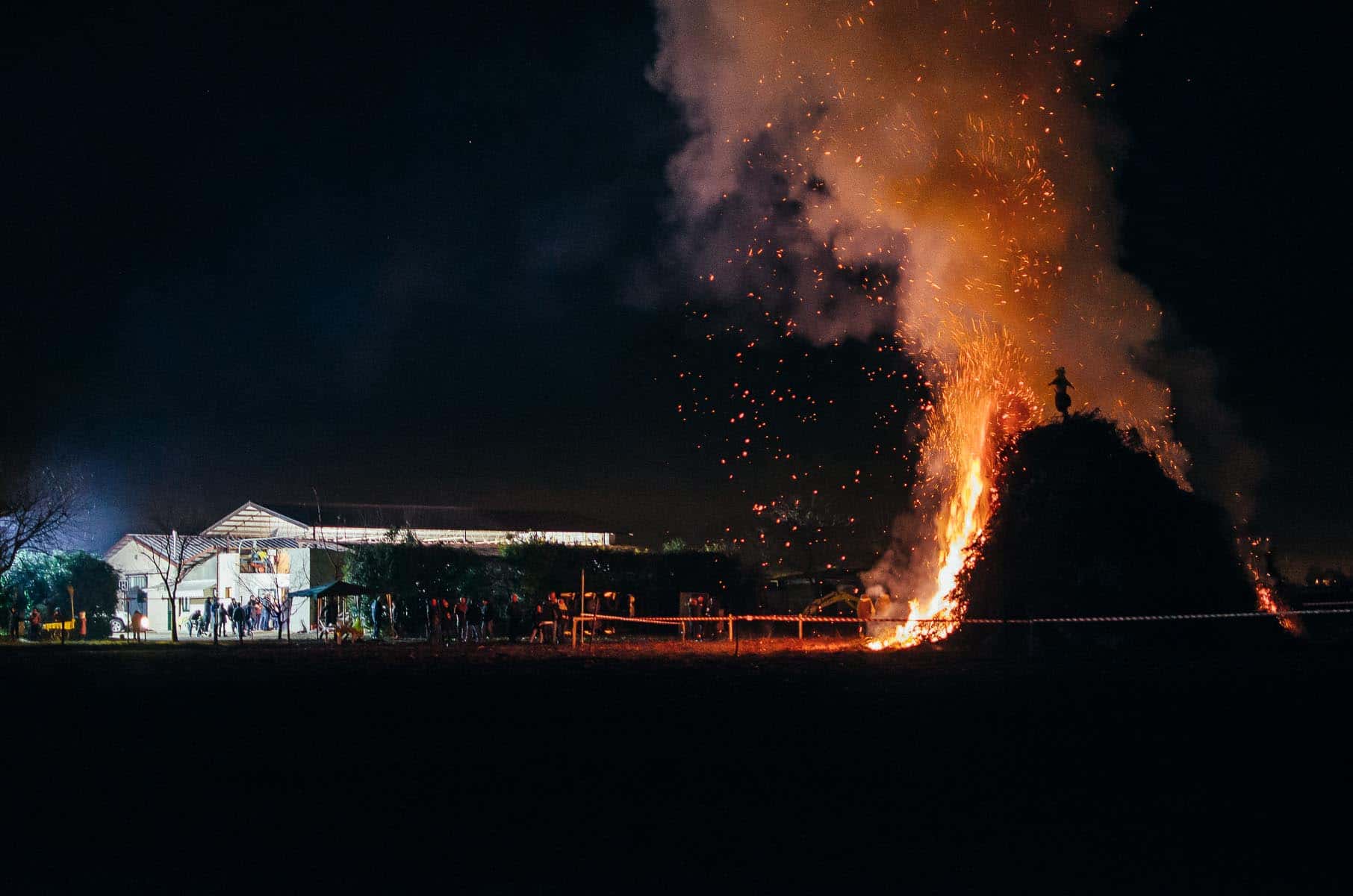
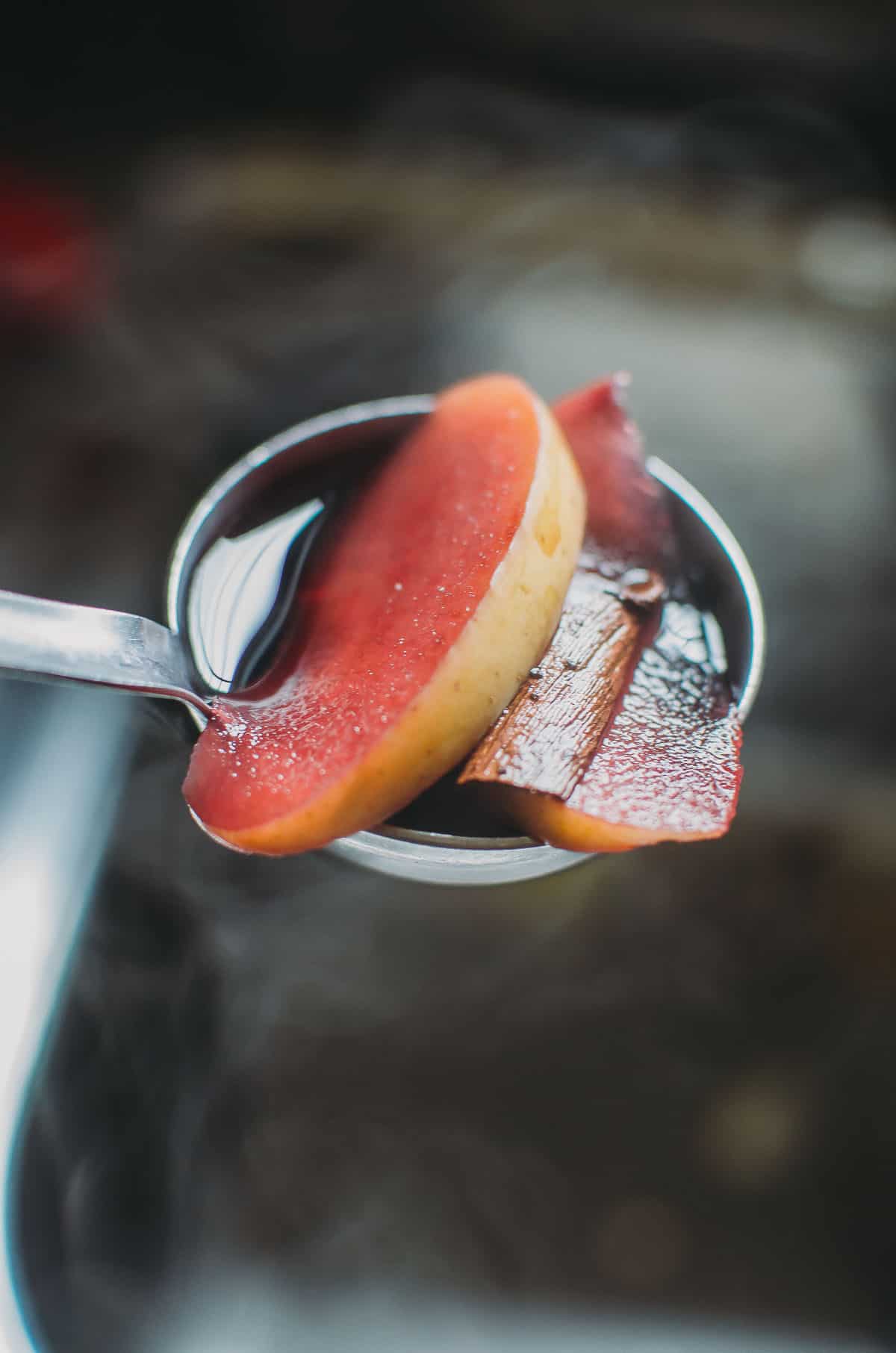 On the day before Epiphany, the 5th of January, the ancient and rural ritual of Panevin (pan-eh-veen) is still observed around this part of Italy (i.e. in the Friuli and Veneto regions).
On the day before Epiphany, the 5th of January, the ancient and rural ritual of Panevin (pan-eh-veen) is still observed around this part of Italy (i.e. in the Friuli and Veneto regions).
Panevin is a big bonfire made with a pile of off-cuts from pruned branches, brushwood, and other old wood destined to be burnt, on top of which an old lady-like puppet made of straws is placed. This puppet, commonly known as “La Vecia” (the old woman), symbolizes all the mishaps and calamities of the previous year (i.e. drought, hale, and anything that ruined the harvest) and “she” is meant to be burnt to give way to a better and luckier year and a plentiful crop. This ritual has also a religious meaning — the fire is supposed to light the way for the Three Kings bearing gifts to Baby Jesus.
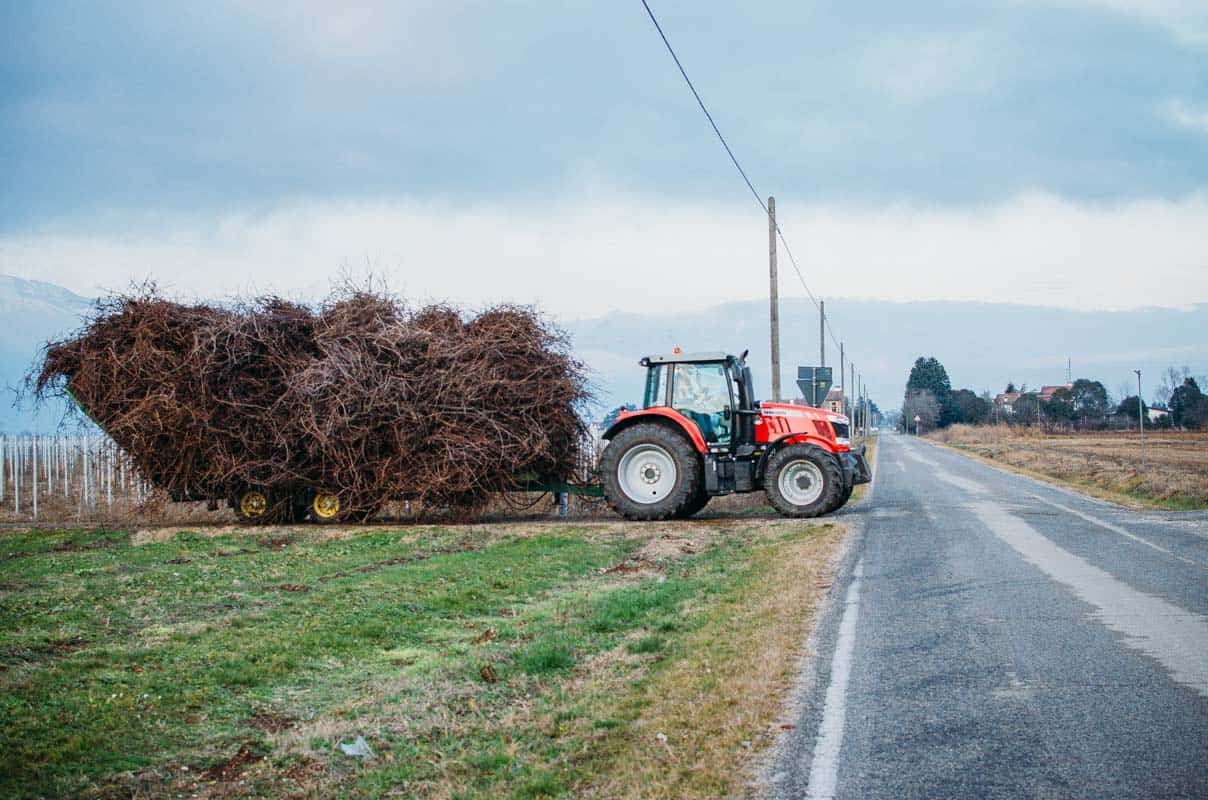
Panevin in the making: these pruned grapevine branches will all be piled up to make a huge bonfire.
If a few years ago, it was very common for neighbouring families to set up and burn their own Panevin, these days it’s more common for local organizations to set up a giant bonefire in the town’s piazza or in an open farmland.
When I was younger, my grandfather, uncles, and cousins used to set up a fairly big panevin in an open field, just beyond my yard’s fence. Right after dinner, everybody from the neighborhood would walk towards the Panevin, bringing vin brulé (mulled wine) and pinza (a rustic cake-like sweet bread filled with raisins, figs, dates, fennel seeds, and a bit of grappa that’s especially made for this occasion); the youngest kid would have the privilege to light the bonfire and everybody would start gathering around it, singing old chants in local dialect or simply chatting while enjoying the warmth of the fire. The old men would stand back and observe the smoke and sparks carried by the wind: if the ashes went straight up in the air it was a good omen; if they flowed to the west, the coming year’s harvest would be be plentiful; if they went north or east the crop would be poor.
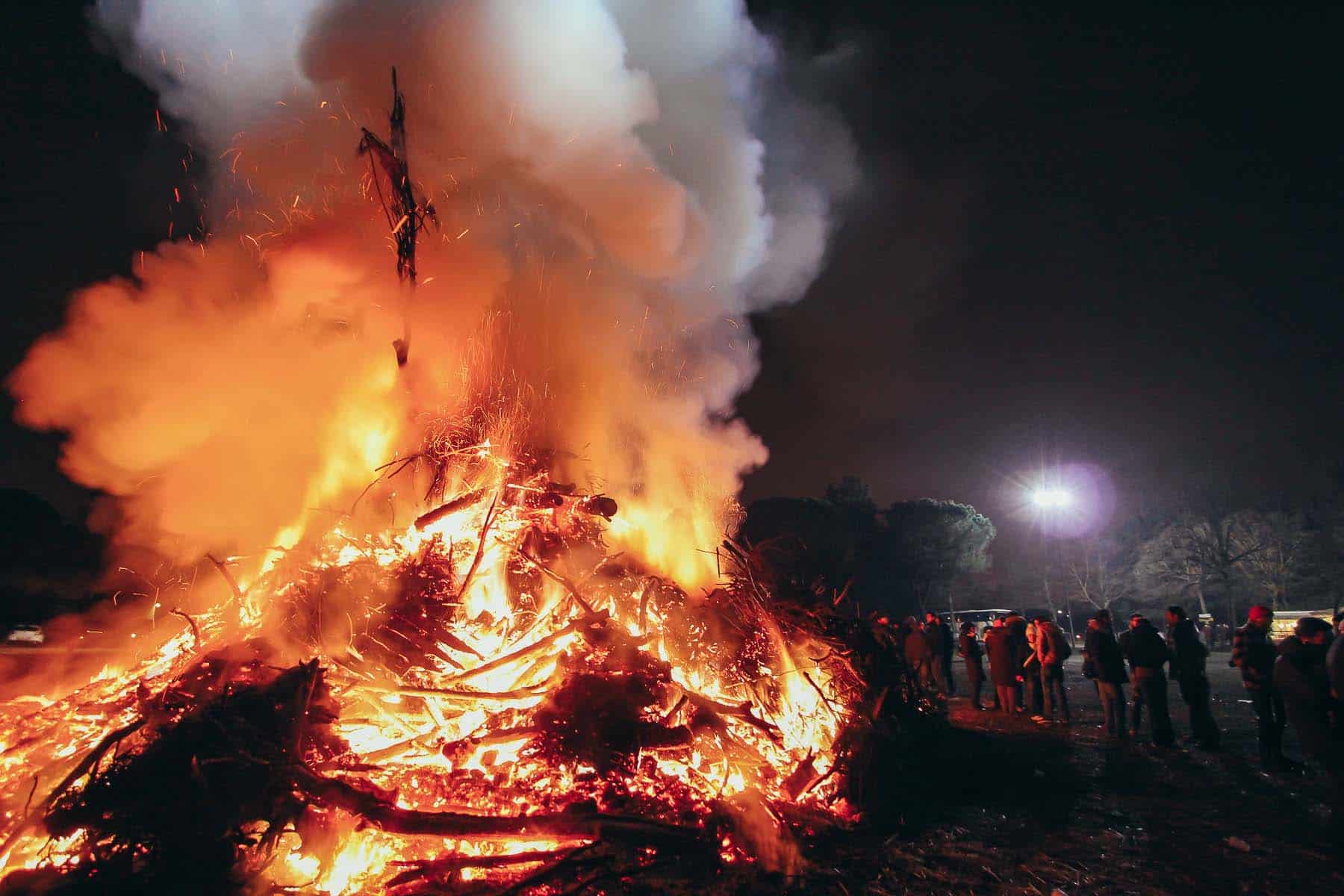
Panevin bonfire usually occurs on the 5th of January [Photo courtesy of Alessandro Tassan Got]
If you come to this part of Italy around this time of the year, I wholeheartedly recommend experiencing this unique tradition. Just drive towards the main town’s square or around the country. Most likely you will see fires from afar. Most of the times, these bonfires are open to the public and you can enjoy food and vin brulé by making a donation.
If you scroll down you’ll find my family’s vin brulé recipe. Some people like to add orange zest and anise seeds to it, but we keep it simple and only use apples and cloves. We love to drink it while playing tombola (bingo) or cards.
Whether your sparks flow west or east, I wish you, once again, a wonderful 2016!
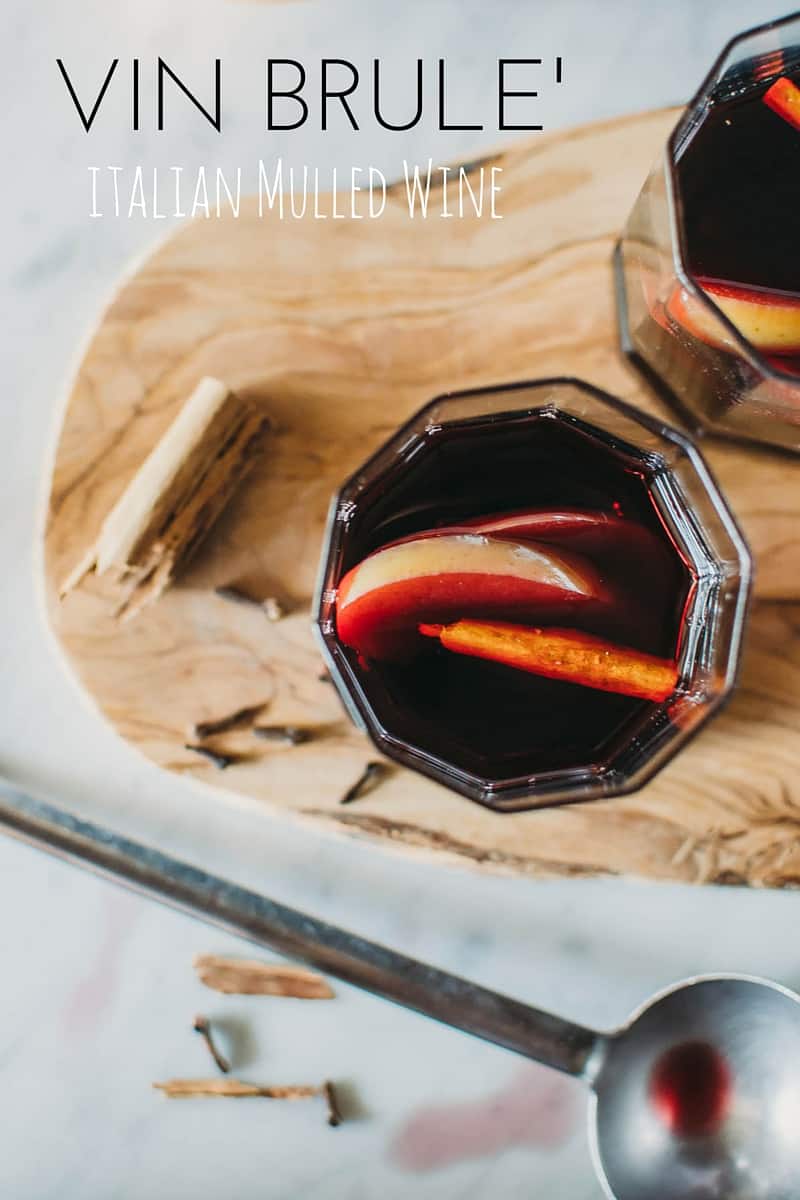
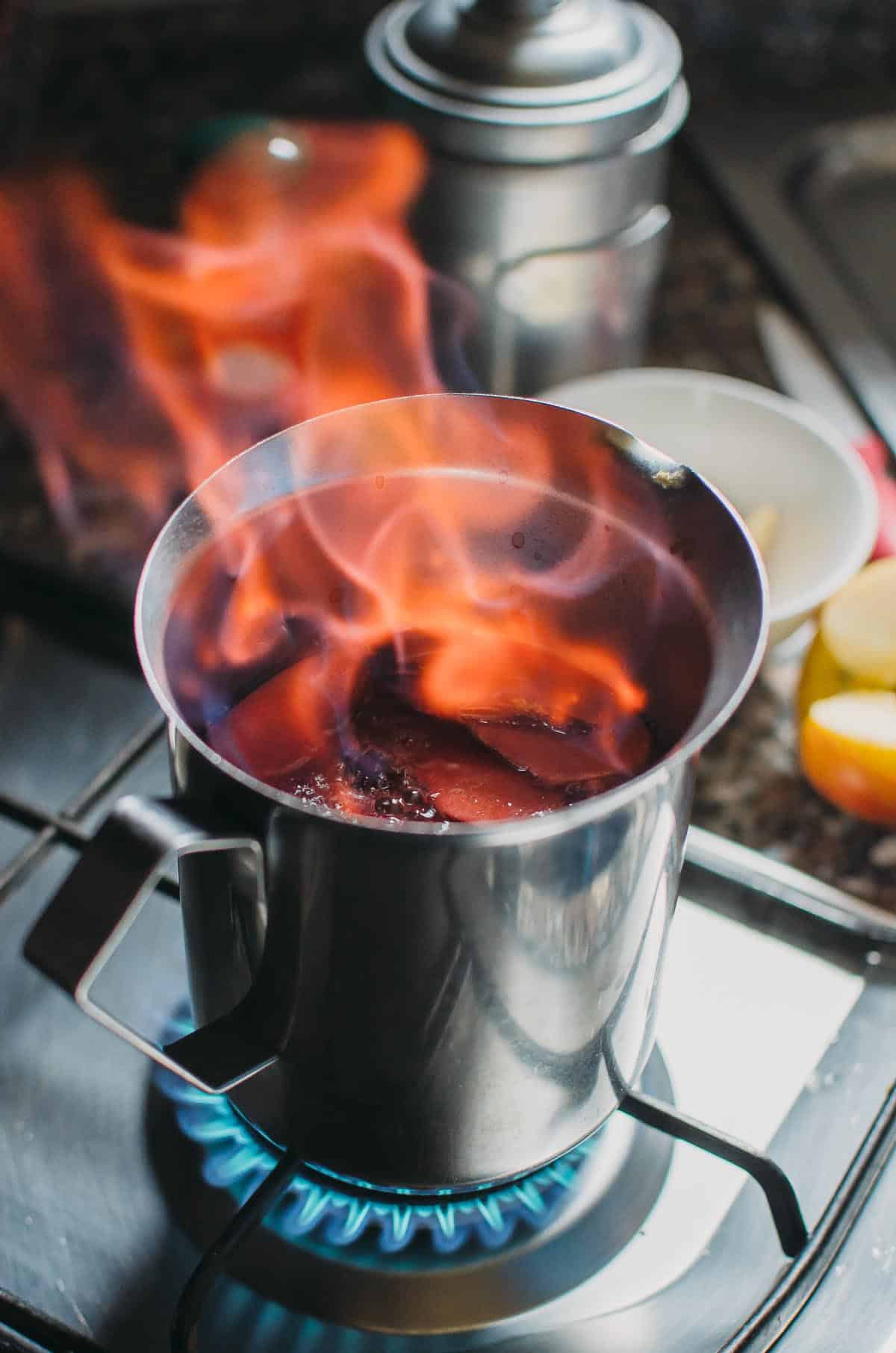
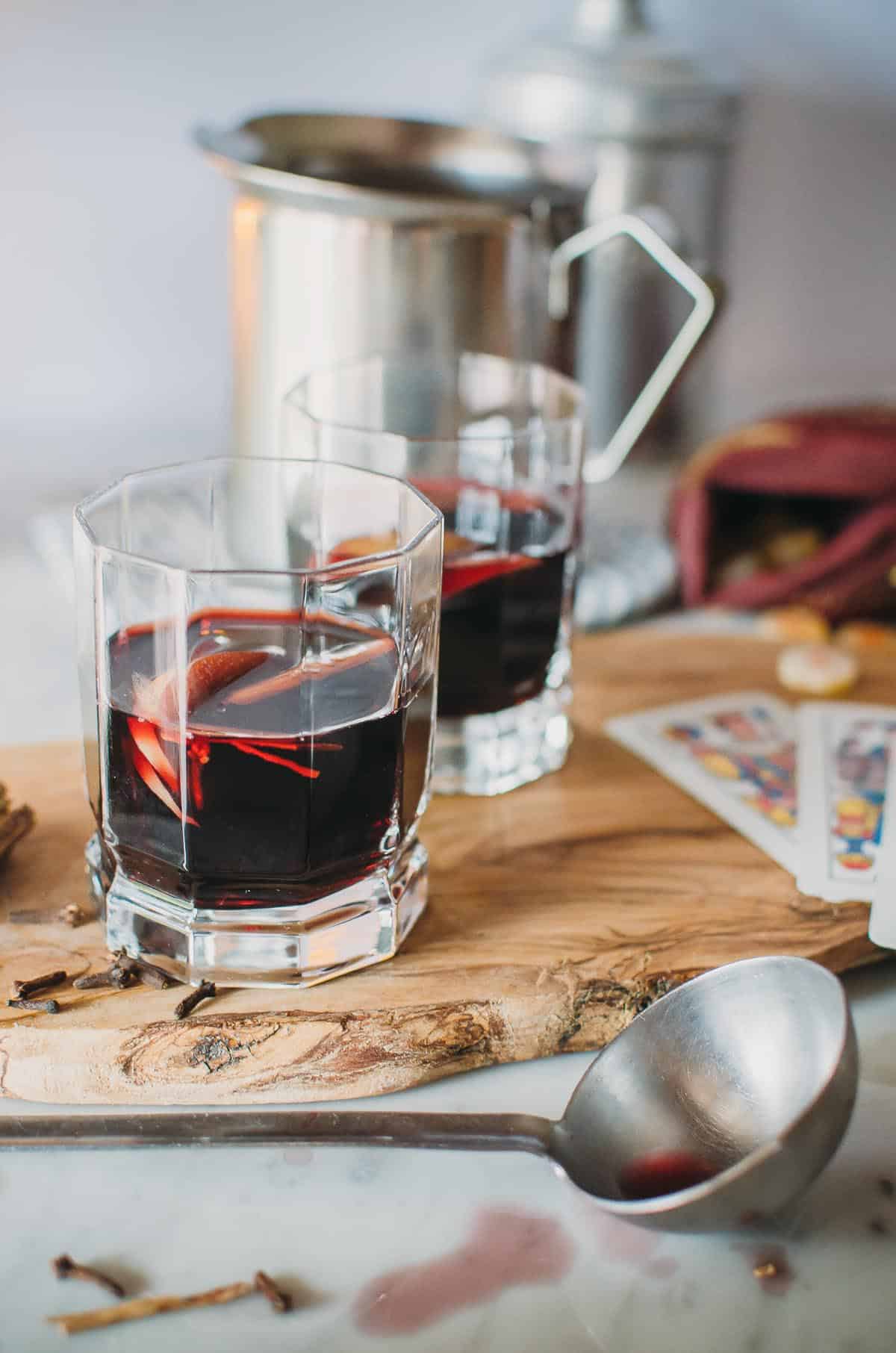
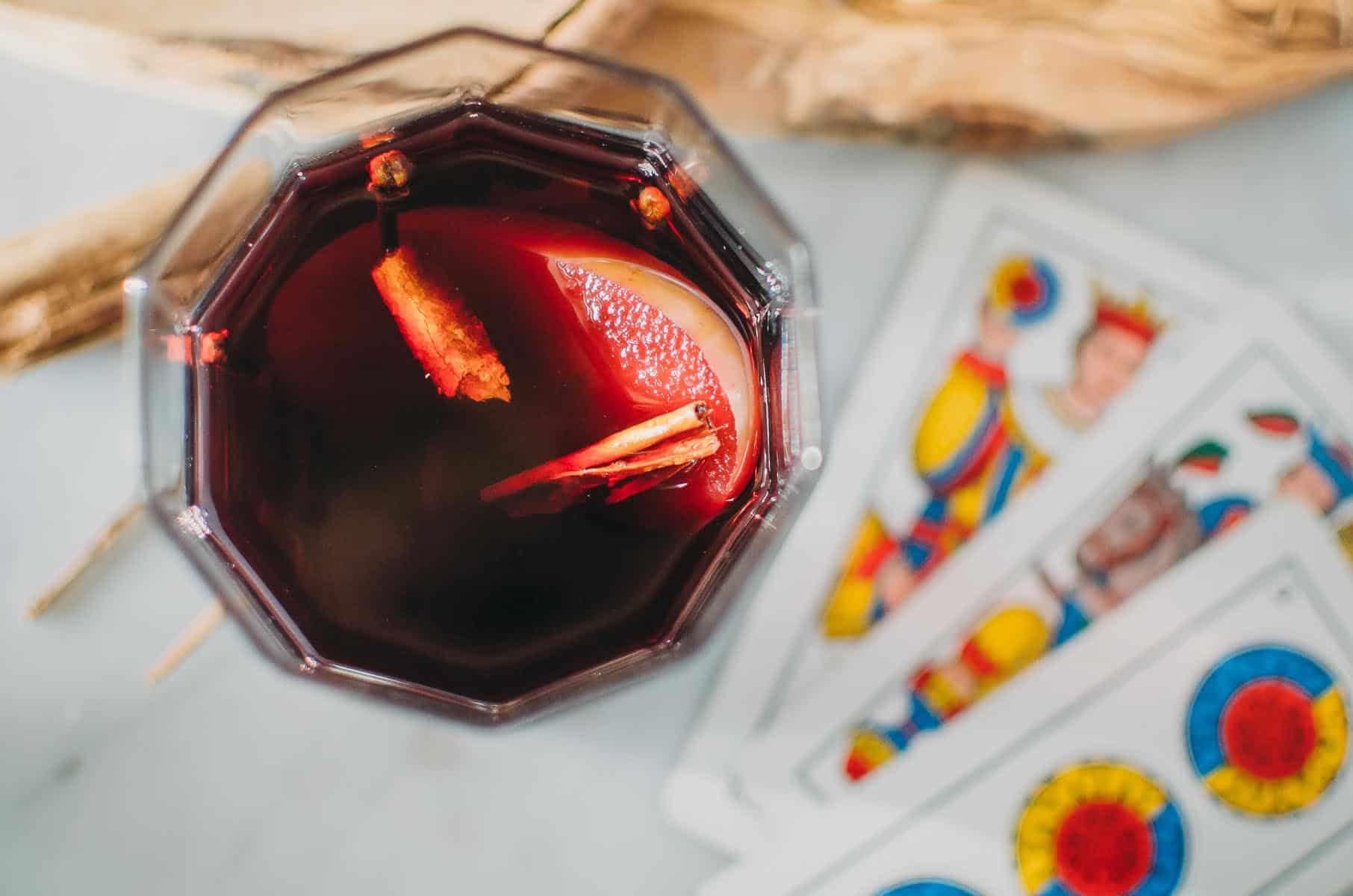
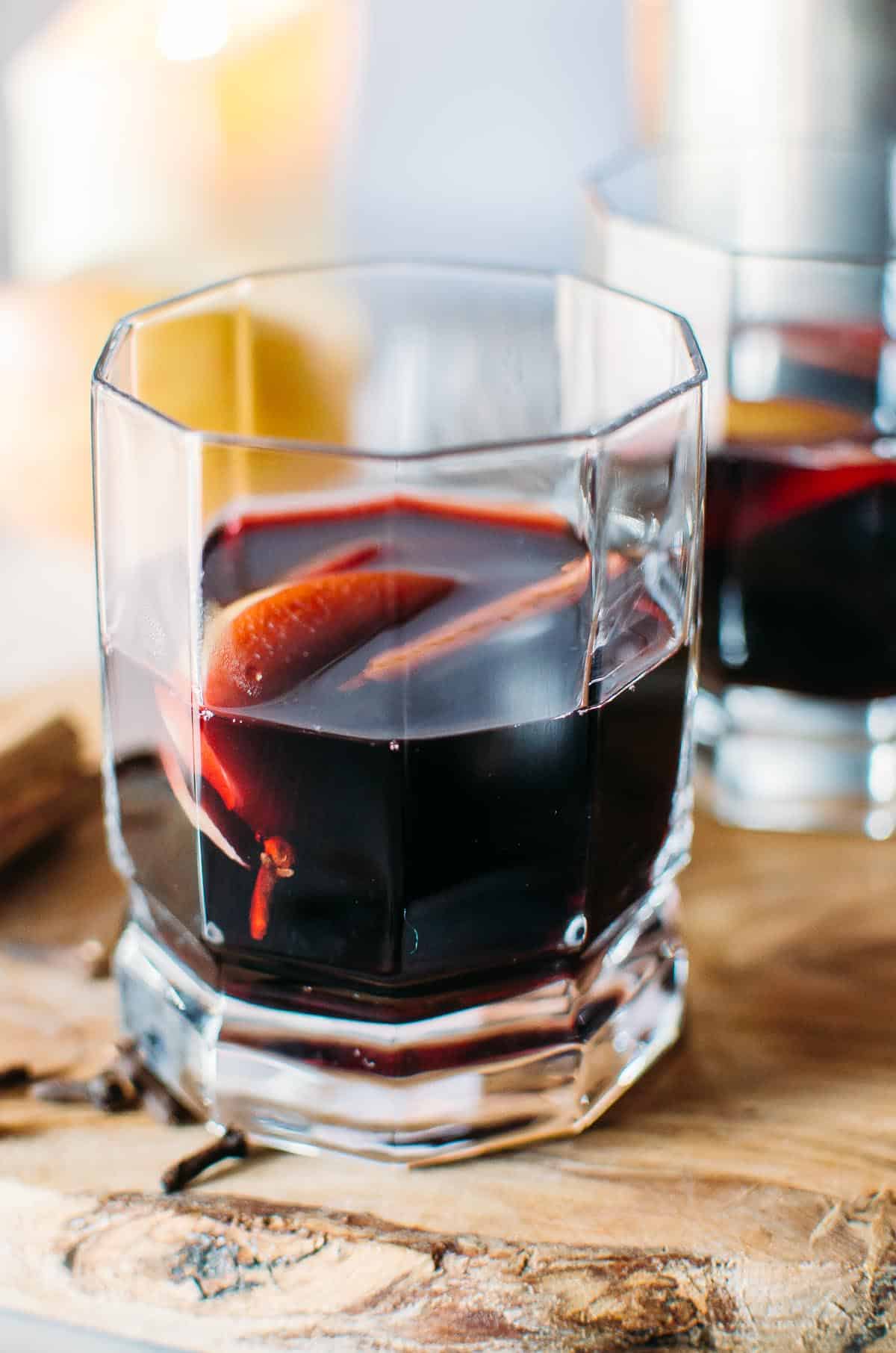
- 1 lt (1 quart) full-bodied red wine (I used our homemade merlot)
- 200 g (1 cup) granulated sugar
- apple slices
- 1 tsp cloves
- 2 cinnamon sticks
- Add the sugar, cloves and cinnamon sticks to a pot. Then add some of the wine. Turn the heat on, stirring, until the sugar has dissolved.
- Add the rest of the wine and bring the pot to a boil, stirring every now and then.
- As soon as the wine boils, flame the wine by lighting a long-neck lighter and carefully holding it just above the liquid surface. Let the flame burn some of the alcohol, for few seconds. [Remember: the longer you boil/flame the wine, the less amount of alcohol your vin brulè will have.] Remove from the heat.
- Filter your vin brulè with a strainer, serve warm in a glass or cup and add a couple of cooked apples chunks in it.


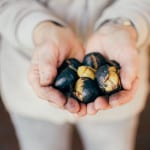


Didn’t know about that bonfire tradition, how cool! And vin brulé is so good, I’m going to try your recipe the next time I make it 🙂
Thanks Jeanne! Yeah, the bonfire is a great excuse to get together with friends and family 🙂 Let me know how the vin brulè turns out for you!